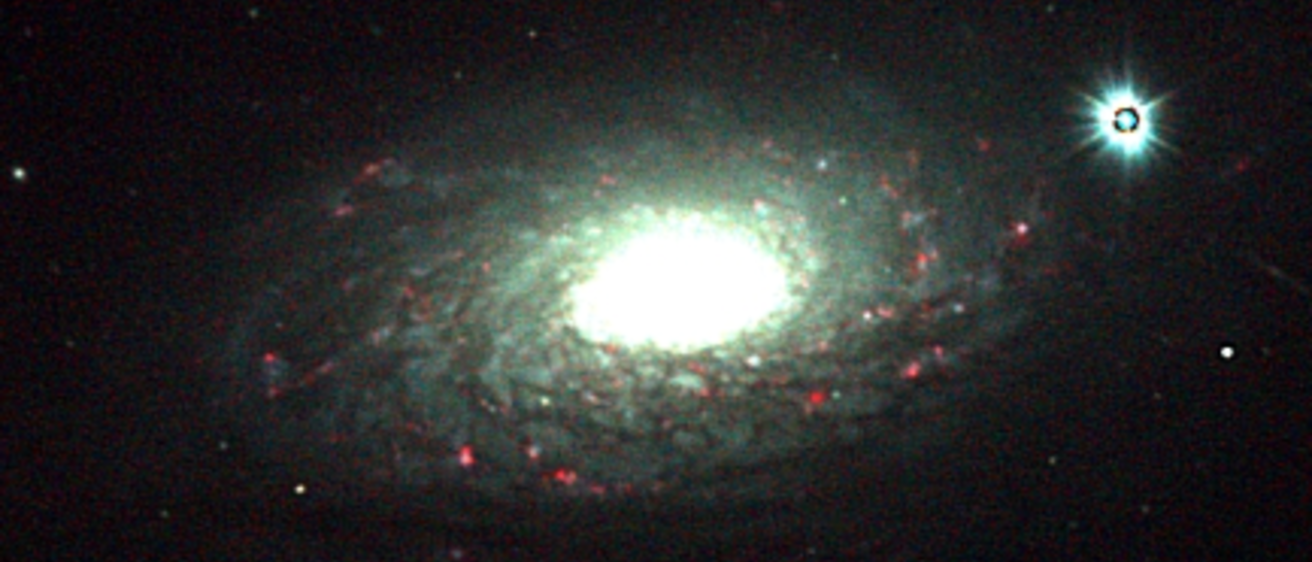
Breadcrumb
- Home
- Labs
- Advanced Labs
- Independent Observing Projects
- Calculation Resources for Projects
Calculation Resources for Projects
Supporting resources for each of the calculations are collected here for your convenience.
Size: see the Angular Size lab and the Small Angle Formula available in the Glossary section of the ITU Website. Note that the image scale is 0.54 arcseconds / pixel.
Approximate Peak Temperature: based on the relative brightness of each stacked image that you used to form the tricolor image of your object, determine which filter your object is brightest in. Be sure to take into account any differences in exposure time between the filters. Then, determine a central wavelength using the Filters for the VAO tool and use Wien's Law to calculate an approximate blackbody temperature for your object.
Redshift: after finding a reliable source for the distance to your object (i.e. a source you can reference), compute the velocity the object is receeding at based on Hubble's Law. This velocity divided by the speed of light is related to the quantity (z + 1), where z is the redshift. The Astronomical Redshift lab may be of assistance.
Total Brightness Change: after arriving at your light curve, compute the difference in magnitudes between the dimmest point in the light curve and the brightest point in the light curve. The brightness ratio between the two points is equal to R = (2.512)m, where m is the magnitude difference and R is the brightness ratio.
Speed: see the Image Analysis II Lab, Part II for a refresher of how we calculated the speed of the comet Garradd. You will need to find the distance to the asteroid on the day the image was taken using the JPL Small-Body Database Browser.
Orbital Period: using the JPL Small-Body Database Browser, find the semi-major axis of the asteroid's orbit. Next, use Kepler's 3rd Law to calculate the orbital period of the asteroid in years.